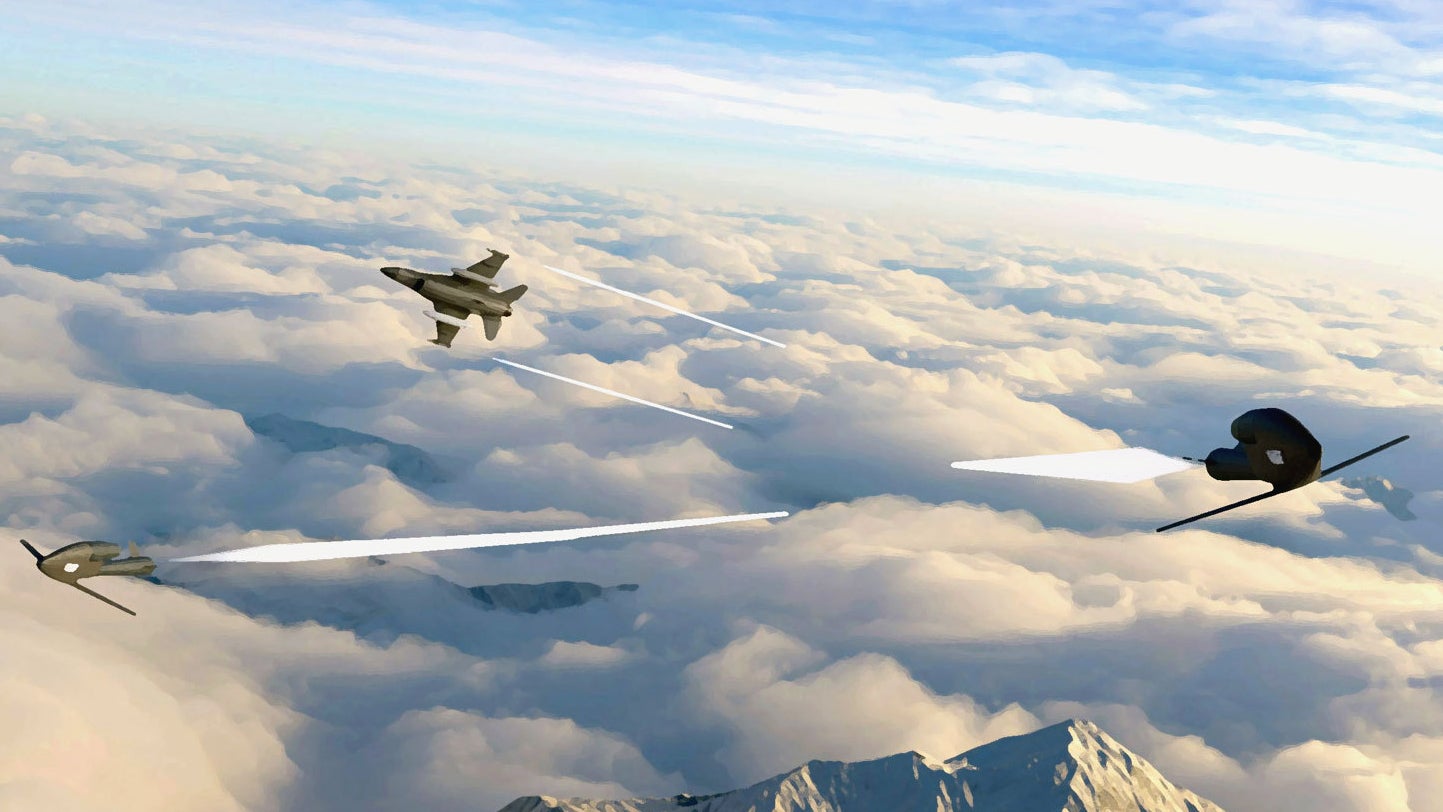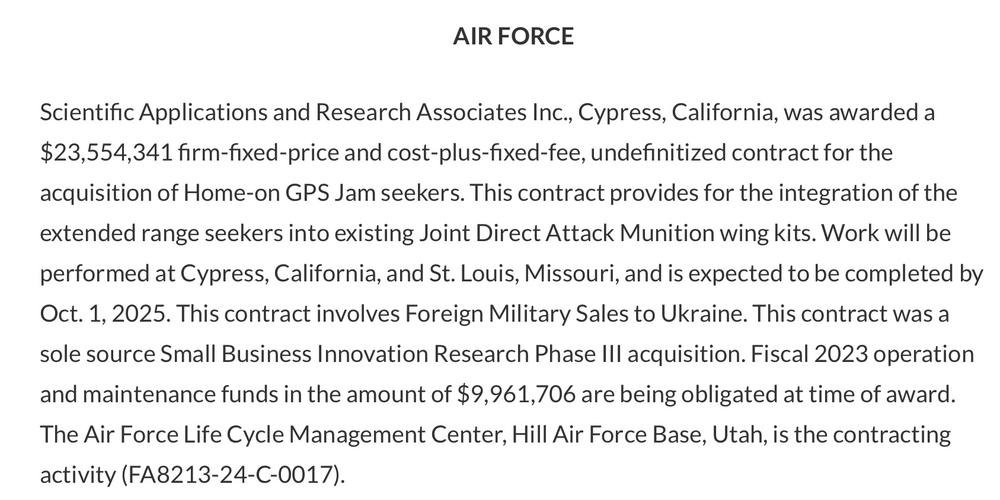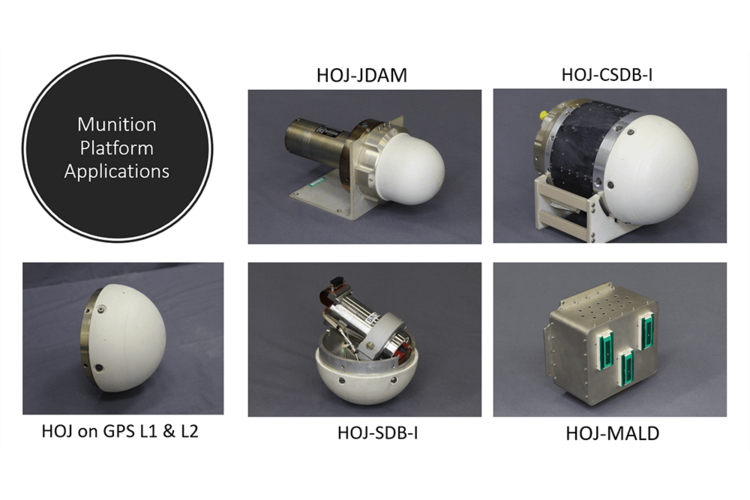AIR FORCE
Scientific Applications and Research Associates Inc., Cypress, California, was awarded a $23,554,341 firm-fixed-price and cost-plus-fixed-fee, undefinitized contract for the acquisition of Home-on GPS Jam seekers. This contract provides for the integration of the extended range seekers into existing Joint Direct Attack Munition wing kits. Work will be performed at Cypress, California, and St. Louis, Missouri, and is expected to be completed by Oct. 1, 2025. This contract involves Foreign Military Sales to Ukraine. This contract was a sole source Small Business Innovation Research Phase III acquisition. Fiscal 2023 operation and maintenance funds in the amount of $9,961,706 are being obligated at time of award. The Air Force Life Cycle Management Center, Hill Air Force Base, Utah, is the contracting activity (FA8213-24-C-0017).





